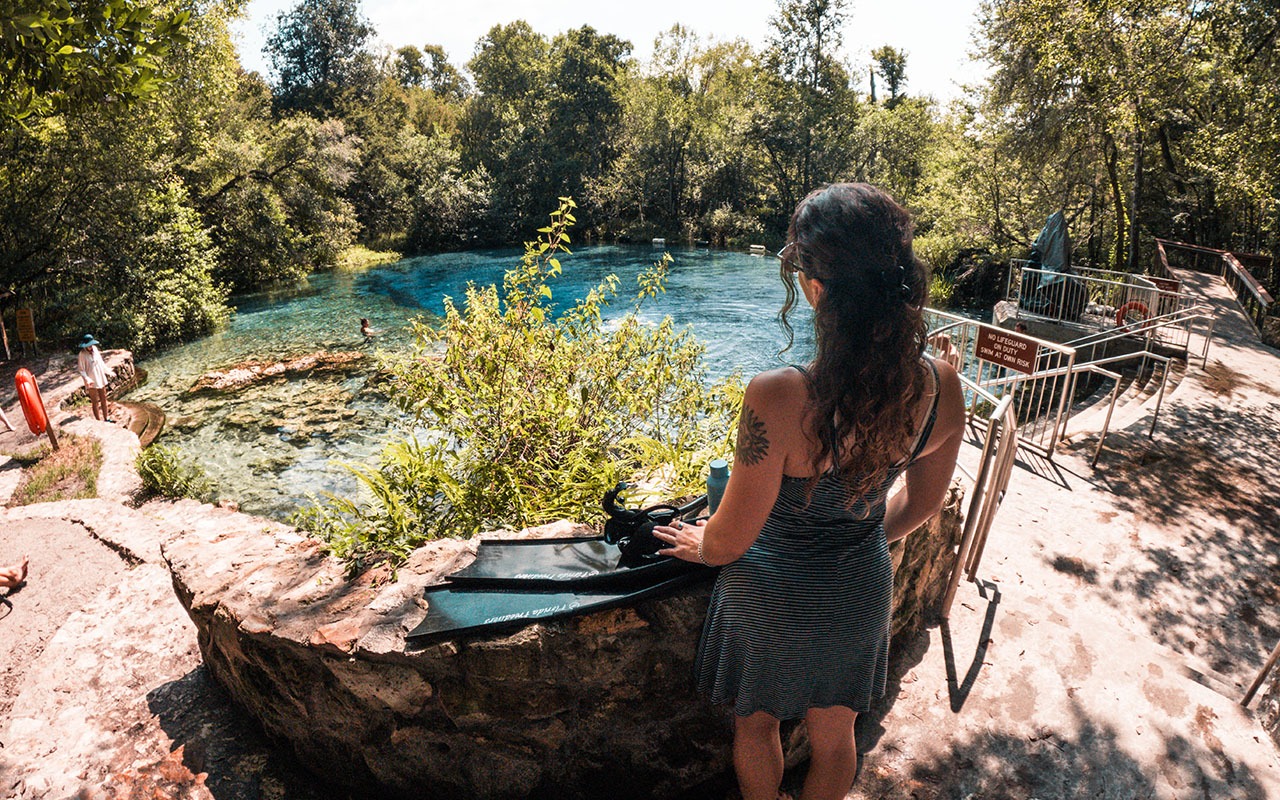Meet Alexa Putillo, a passionate science communicator and marine ecologist whose journey through science education, outreach, and community engagement has shaped her into a dedicated advocate for environmental conservation. With a robust academic foundation and expertise in field research, data management, and digital content creation, Alexa’s professional career has led her to diverse and captivating environments, fostering an expansive understanding of our world’s interconnectedness. Her mission as a researcher and scientific educator is to bridge the gap between science and the public, making ties that are aimed at conserving our natural world. Through captivating imagery and storytelling, she shares the tales of these environments, evoking a sense of wonder and responsibility for the beauty that remains in nature. Alexa’s multifaceted role as an educator, storyteller, and scientist embodies her commitment to inspiring others to appreciate and safeguard our natural heritage.
Minimizing Impact Through Respectful Exploration
Responsible enjoyment starts with adhering to the rules and guidelines set by the parks. These rules are in place to ensure that the fragile ecosystems of the springs remain undisturbed. From observing designated access hours to respecting restricted areas, a little consideration goes a long way in safeguarding the natural environment.
View this post on Instagram
How can visitors to Lake City, Florida’s Springlands enjoy the beauty of the springs while minimizing their impact on the environment?
“To respectfully explore the springs in Lake City, visitors should follow specific park rules and regulations. Additional practices include being careful not to harm native spring vegetation and giving wildlife plenty of space. There are a multitude of ways to enjoy the springs from snorkeling and kayaking to having a picnic and enjoying a scenic walk. As long as respectful practices are followed, we can balance utilizing Lake City’s springs for recreation and enjoyment, while preserving the natural beauty and diversity of these delicate systems.”
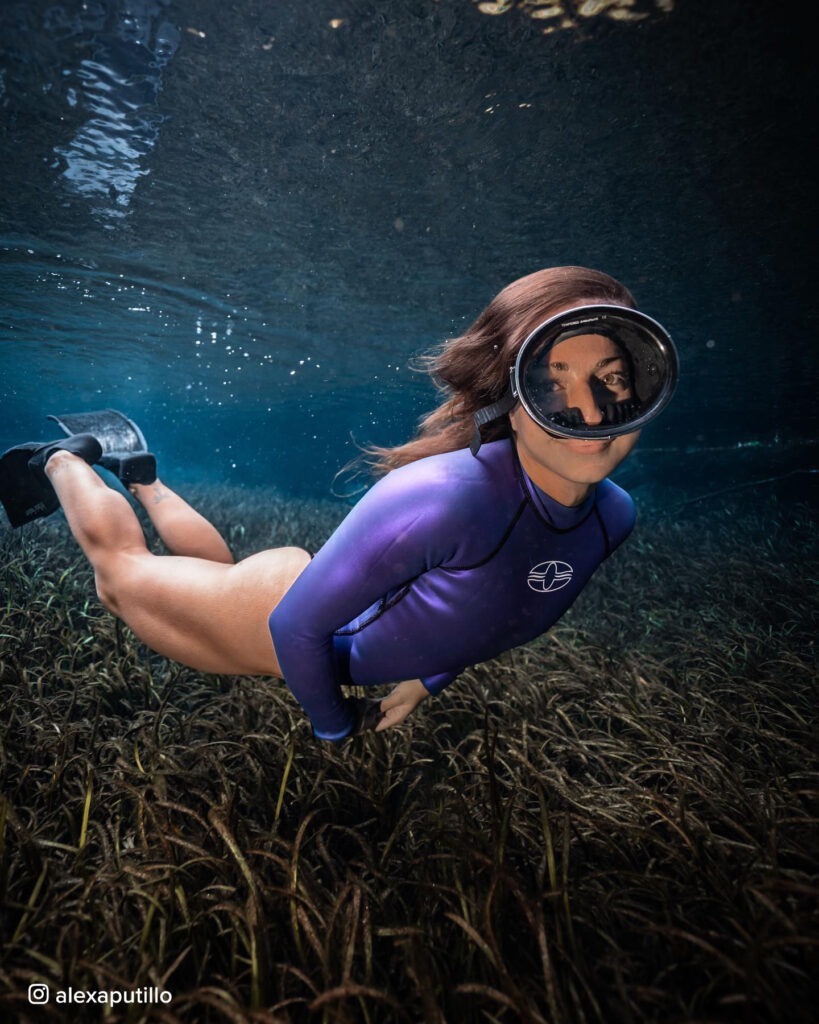
Leaving No Trace: A Responsible Approach
Embracing the principle of “leave no trace,” responsible explorers actively make choices that minimize their environmental impact. Packing thoughtfully not only helps reduce waste but also lightens the load during transportation. These small changes collectively have a significant impact on preserving the springs’ pristine condition.
What sustainable practices do you follow in order to “leave no trace” while enjoying the springs in Lake City?
“I always abide by the motto to “take only photos and leave only footprints!” I find that when I am more prepared for springs trips, I make more eco-friendly decisions that cut down on single-use items. This includes bringing reusable water bottles for hydration, packing food or snacks in reusable containers, and bringing reusable cutlery. I also pack in advance, so I bring only what I need for the day. This helps lighten the load of items brought during transportation and ensures there are no loose objects that could be easily discarded. I always dispose of any trash properly in designated receptacles. When trash or food items are not disposed of properly, it can enter the spring’s waterways or can attract wildlife and even predators to the area that wouldn’t normally be there. Lastly, I always keep a bucket in my car if I do see any trash to clean up.”
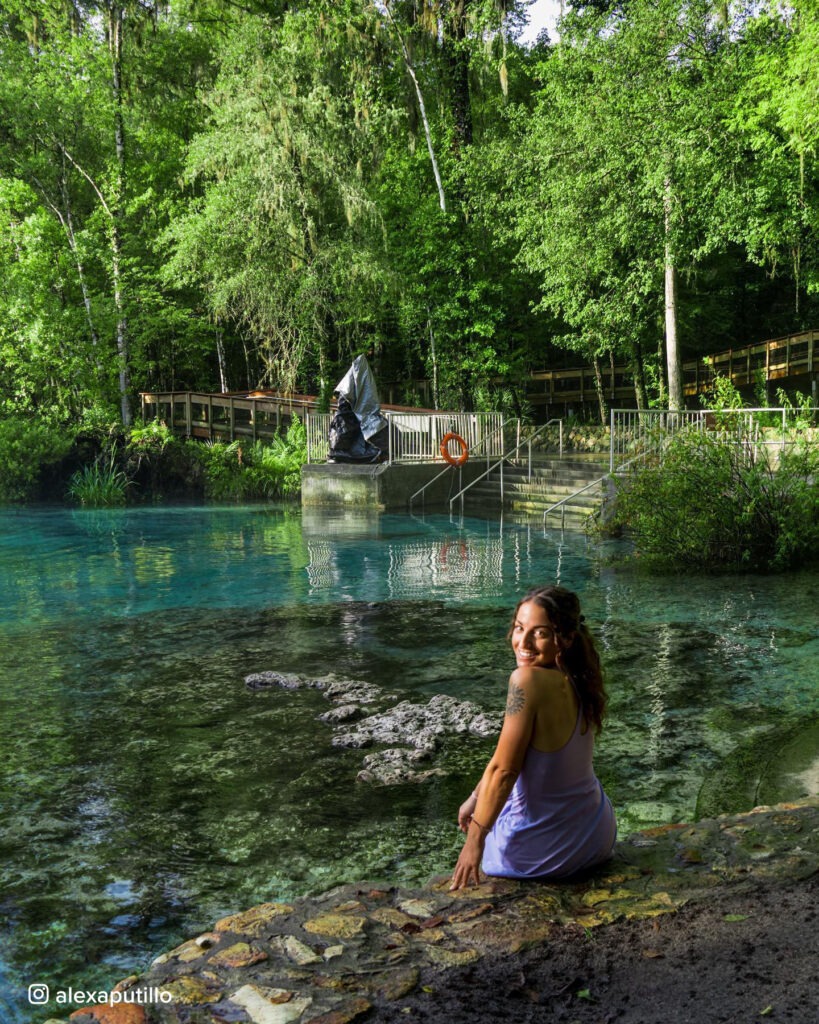
Educating for Ethical Exploration
Mistakes often stem from ignorance rather than ill intent. Educating fellow visitors about the consequences of trampling on vegetation and disturbing wildlife can play a pivotal role in preserving the springs. Encouraging the use of binoculars and zoom lenses allows everyone to appreciate wildlife without causing undue stress.
What are the most common mistakes people make when visiting the springs, and how can we educate others to avoid these pitfalls?
“It is common to see swimmers or snorkelers hitting the bottom on the springs with their feet or fins. This can kick up silt and reduce the visibility of the water around them. This is especially problematic when vegetation gets trampled on. Overtime this can destroy native vegetation, which can encourage the growth of invasive plants and algae and reduce wildlife habitat. I also see people trying to get closer to wildlife for a better view or photo. This can be very stressful for the animal(s) and could even alter their behavior. An abundance of wildlife can be found in Florida’s springs, including fish, birds, turtles, and otters, and it’s important for visitors to never chase, touch, or feed the wildlife. I always recommend bringing binoculars and zoom lenses to allow for a closer view without spooking any wildlife.”
Preserving Water Wonderlands
View this post on Instagram
Taking a dip in the springs is a quintessential experience, but doing so responsibly requires understanding the springs’ fragile equilibrium.
Can you share some tips for responsible water activities like floating and swimming in the springs while safeguarding their delicate ecosystems?
“Florida springs are known for their attractive water activities! However, tubers, snorkelers, and paddlers should respect the springs ecosystem they are enjoying. To help safeguard the surrounding environment, visitors should avoid vegetated areas of the springs and try to keep fins off the bottom. A variety of plant life can be found both along the shore and beneath the surface of the springs. This provides a diverse habitat for wildlife and underwater vegetation improves water clarity by stabilizing sediments and removing nutrients. Visitors shouldn’t trample on vegetation or leave equipment on riverbanks to help preserve the natural ecosystem.”
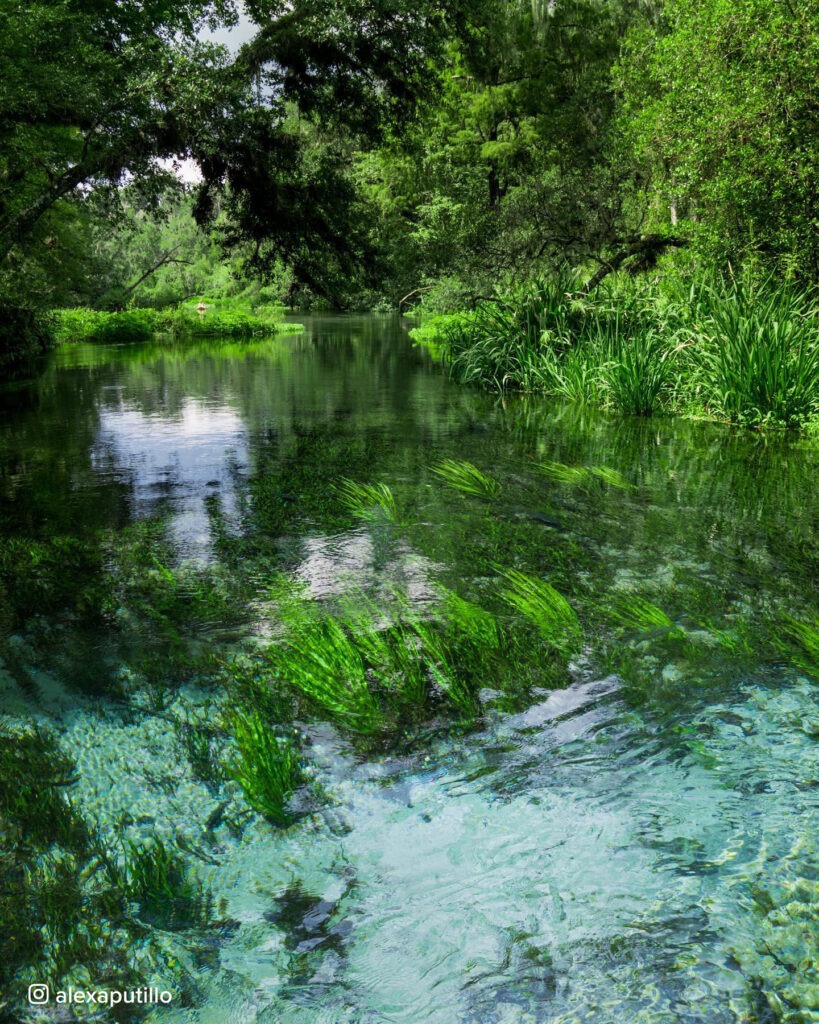
A Legacy of Preservation
Safeguarding the springs isn’t just about the here and now—it’s about leaving behind a legacy for future generations. Recognizing the springs’ multifaceted role in the ecosystem fosters a deep sense of responsibility among visitors. When every individual understands their part in this delicate balance, the springs can flourish for years to come.
How can visitors contribute to the preservation of the springs and surrounding areas for future generations while still having a memorable experience?
“I think it’s important to educate visitors on how important the springs are to Florida. Springs support diverse ecosystems, provide clean, fresh water to some rivers, and strengthen local economies. Springs are a window into the aquifer – a direct connection to a primary source of Florida’s drinking water. Understanding the value of these natural spaces help us balance recreational activities and the preservation of the springs. By respectfully exploring the springs, visitors can appreciate their natural beauty, while taking part in water activities, scenic trails, or wildlife viewing.”
Guidelines for Harmony
Every spring locale has its own set of guidelines, tailored to protect its unique ecosystem. These rules, from access hours to restricted areas, are in place to ensure that both visitors and the environment can coexist.
Highlight any specific rules or regulations you’ve discovered at the springs that visitors should be aware of to ensure their enjoyment while being mindful of the environment.
“Visitors should be aware of all rules and regulations of the spring(s) they are visiting. This will differ slightly between locations, so I always recommend looking up any park rules before visiting. Some common rules to be aware of include park access hours, fees, and specific launch locations for paddling. Another regulation that some springs have are “restricted area” signs. If you see these signs, please keep a distance from this area, as it usually designates an ecologically sensitive site that is being restored. It is important to stay clear of these areas to make sure the restoration being conducted is successful, as this will directly benefit the health and preservation of the springs.”
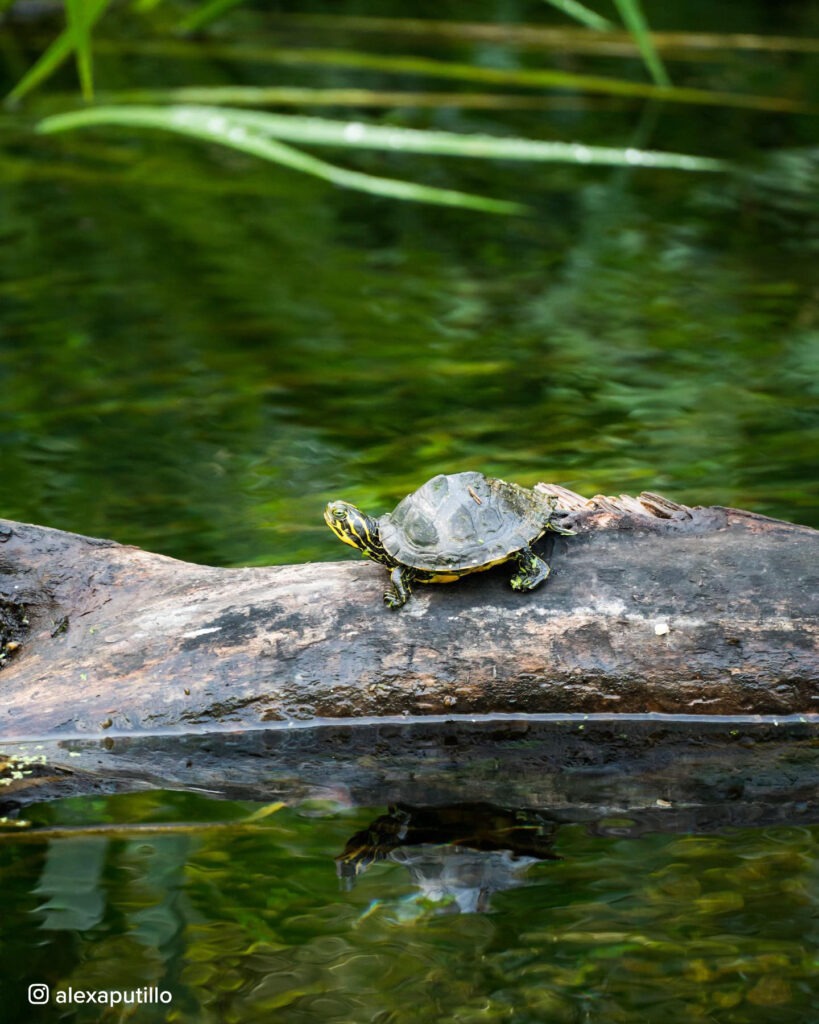
Harmony Among Enthusiasts
As the popularity of these springs rises, the need for coexistence becomes crucial. Being mindful of noise levels, efficient use of launch sites, and avoiding disturbing silt all contribute to ensuring a positive experience for all who share the space.
How can visitors be considerate of fellow nature enthusiasts, ensuring everyone has a positive experience at the springs, especially during peak seasons?
“Everyone deserves a chance to experience the beauty the springs have to offer! While visiting the springs it is not only important to be respectful of the surrounding ecosystem, but also the other nature enthusiasts that are enjoying the springs. This includes being respectful of others’ gear and belongings. Additional practices are the efficient use of launch sites and water entryways, minimizing individual noise levels, and keeping feet and fins off the bottom so silt doesn’t stir and reduce visibility.”
Eco-Conscious Planning: From Arrival to Departure
The journey to a sustainable springs visit begins before you even set foot on the trail. Carpooling reduces your carbon footprint, and efficient packing minimizes transportation impact. Embracing reusable water bottles and dining in restaurants cuts down on single-use plastics. And let’s not forget the charm of dining in—a more authentic experience that aligns with your responsible mindset. Planning accommodations, camping, or staying in eco-friendly lodges enhances your connection to nature. Supporting local businesses uplifts the community and helps preserve the charm of the surrounding areas.
Can you recommend any eco-friendly accommodations, dining options, or transportation methods for those planning a sustainable visit to Lake City, Florida’s Springlands?
“Carpooling to Lake City, Florida’s Springlands is a great way to reduce fuel consumption during transportation. Planning ahead to pack only what supplies are needed will also help lighten the load of transportation. I recommend bringing reusable bottles for water and other drinks to reduce single-use plastic consumption. When dining, I encourage eating in a restaurant whenever possible. This ensures plates, cups, and cutlery are reusable, further reducing single-use items. I also feel that dining in at a restaurant (instead of getting take-out) provides a more authentic experience! When booking accommodations, visitors can call ahead and request that single-use items (such as soaps etc.) not be placed in their room. Instead, visitors can bring their own supplies. For the adventurous, camping is a great way to minimize energy, water, and single-use consumption, while being fully immersed in nature! Lastly, supporting local businesses is a great way to uplift the local economy surrounding the springs you are visiting.”
Embarking on a journey to Florida’s Springlands is an opportunity to connect with nature’s wonders while safeguarding its delicate balance. By adopting these eco-friendly practices and sharing the knowledge with fellow adventurers, we ensure that generations to come can experience the springs’ awe-inspiring beauty. Let’s venture forth with respect and a commitment to preserve the magic of these natural treasures.

